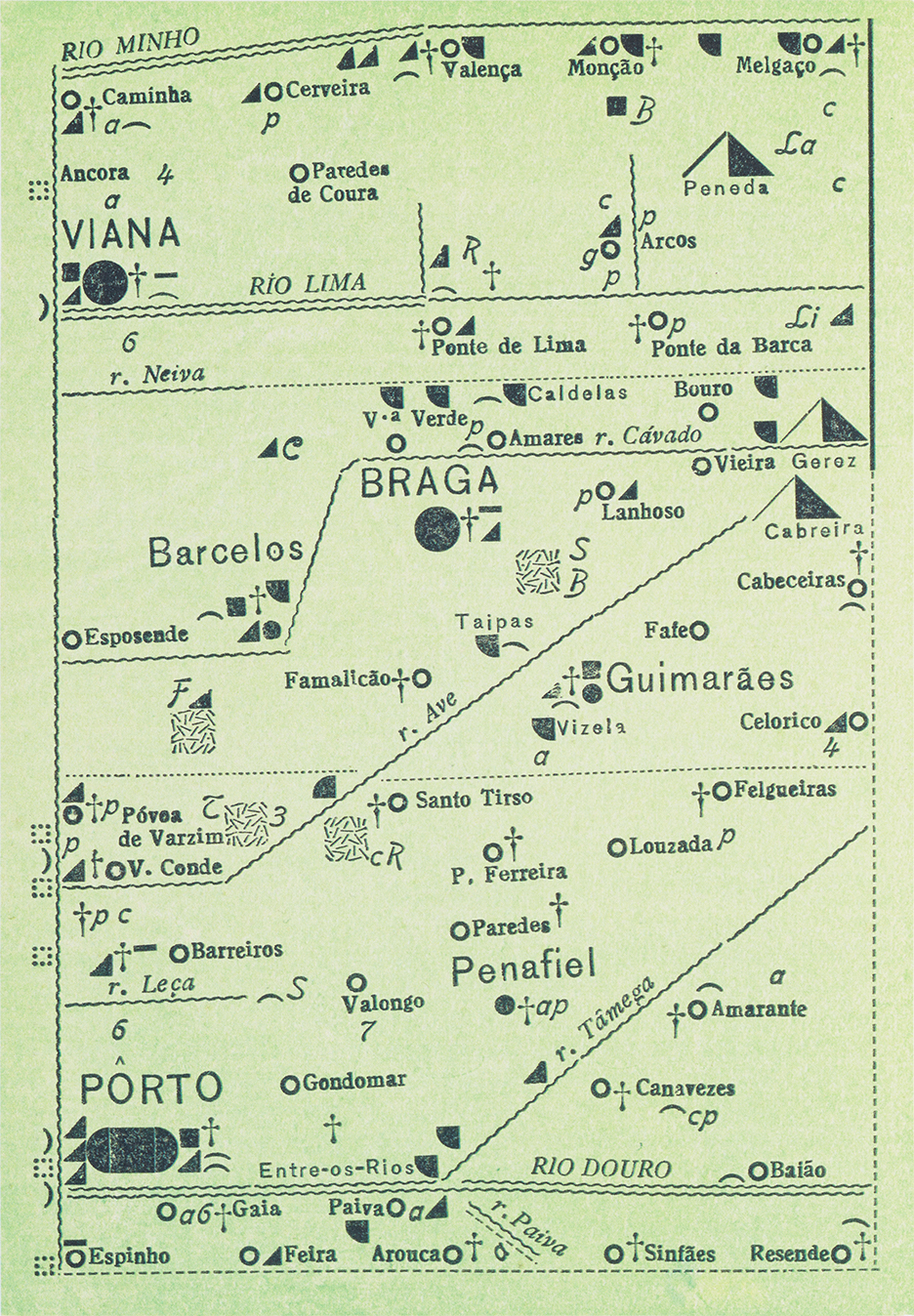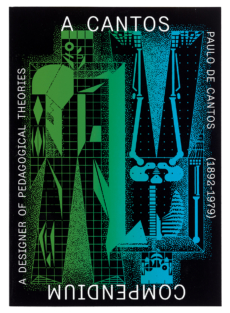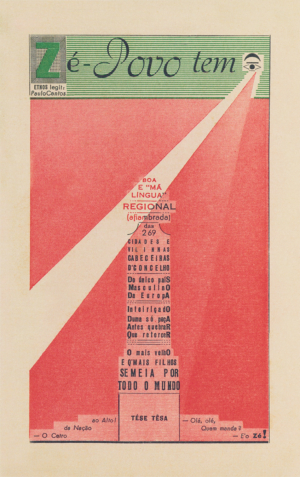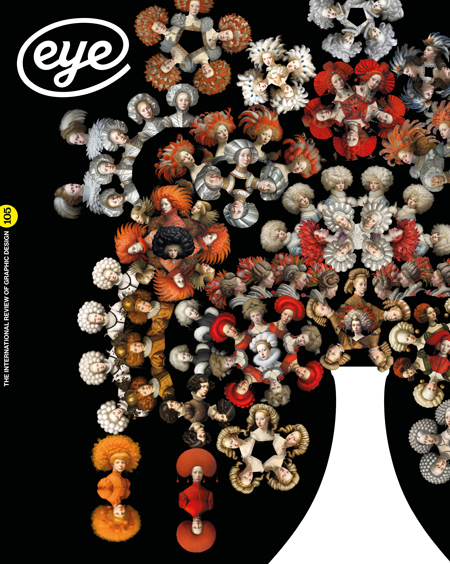Autumn 2023
The cryptic legacy of Paulo de Cantos
A Cantos Compendium – Paulo de Cantos (1892-1979) A designer of pedagogical theories
Edited by António Silveira Gomes and Cláudia Castelo; Texts by António Silveira Gomes, Sébastien Dégeilh, Éloïsa Pérez and Mário Moura. Published and designed by Barbara says...,€25, £25
Paulo de Cantos was a teacher and an editor. Between times he created textbooks with his students. He was an artbook trader and a librarian as well, and he started an informal university as a side hustle. Oh, and he also created his own language. He was rich. He was a maverick. Alongside this, he found a bit of spare time to design his own books. Which Paulo de Cantos shall we talk about?
Lisbon-born Cantos’s first endeavour as a book-artist was a ‘small collection of aphoristic pocket books full of flirtatious puns, popular sayings, quotations by scientists and excerpts from futuristic publications’. These first humorous books are indicative of the subsequent breadth and bizarreness of his work. In 1930 he became the headmaster of a state school in a small coastal town in the north of the country. There he became interested in alternative pedagogies and created a programme for the students with printing workshops, involving them in the creation of auxiliary textbooks like Animais de Portugal (Portuguese Animals), a book that combines alphabetical learning with zoology, taxonomy and do-it-yourself museology, alongside tips for doing taxidermy at home.
This activity was curtailed in 1933, when Portugal fell under a military dictatorship that would last 41 years, and in 1936 the New State imposed a single book for each subject and fewer artistic activities. Throughout this period Cantos created provocative anti-school textbooks such as Homem-Máquina [Machine-Man] and Espírito Artes (Espírito Ciência) [Artistic Mind (Scientific Mind)]. In 1939 he was not reappointed as a headmaster.
Map of Porto and the north from the book Portugal, 1938.
Top. Cover of A Cantos Compendium, designed by editors and publishers Cláudia Castelo and António Silveira Gomes (Barbara says…).

Back in Lisbon, he founded an informal university, while he was developing a new spelling system. In parallel, he continued publishing books. His books may not have been exemplars of printing quality, but the subjects were extensive. ‘They were collections of ethnographic precepts, dictionaries, herbariums and collectable postcards on zoological themes, types of physical education and general scientific terms.’ Cantos’s editorial pursuits can be of interest to almost anyone, but it is their graphic characteristics – the use of typography-as-illustration, covers using anthropomorphised vignettes that resemble ‘proto-emojis’, unusual formats, books that can be read in both directions – and their visual consistency, that makes them so captivating for graphic design practitioners, historians and collectors.
In Portugal, there is not a lot of literature about Portuguese graphic design and the few attempts to fill this gap have been made by creating monographs about established, often white, male designers, packed with images and a small essay at the front. These lack the necessary critical context to understand the designed objects, their function, their reception and how they were produced.
This book takes a different approach and in doing so represents a fresh contribution to the landscape of Portuguese design history. One of the outcomes of an extensive research project that António Silveira Gomes developed, firstly as an enthusiast of Cantos, and then as a PhD researcher, A Cantos Compendium and cantosverso.org offer an in-depth context to Cantos’s editorial work, mirroring written essays with visual essays that present a new perspective on this rich graphic material.
Paulo de Cantos’s cover for Zé-Povo tem [Vernacular]– ‘Portuguese regional ethnography’, 1939.

The images are not mere visual bites, sitting in an uncritical, chronological order of progress of someone’s career, but instead they are shuffled, creating new readings. The four essays shed light on Cantos’s life and his prolific editorial production and also give a larger context to his practice, situating it within the Portuguese socio-political context, his ambiguous relation with the dictatorship, while also contrasting it with historical characters interested in new pedagogical approaches, and with a general history of the usage of typography as illustration.
Just like Cantos’s publications could sometimes be read from the back or the front, this book also has two sides: the book itself and an online archive containing his editorial work and other materials. This online archive is particularly interesting, as Portugal currently has no design archives that are easily accessible to the public. Collection such as this one often only exist as private archives, occasionally resurfacing in infrequent exhibitions.
Any attempt to encapsulate in a book such a complex, rich and cryptic editorial profile is a challenge. Nevertheless, in A Cantos Compendium, António Silveira Gomes and Cláudia Castelo have succeeded in creating an interesting publication that leaves the reader with an excellent understanding of who Paulo de Cantos was, and an appetite to absorb even more.
Luckily this thirst can be quenched with its parallel informal online archive.
Isabel Duarte, designer, writer, Porto, Portugal
First published in Eye no. 105 vol. 27, 2023
Eye is the world’s most beautiful and collectable graphic design journal, published for professional designers, students and anyone interested in critical, informed writing about graphic design and visual culture. It is available from all good design bookshops and online at the Eye shop, where you can buy subscriptions and single issues.

